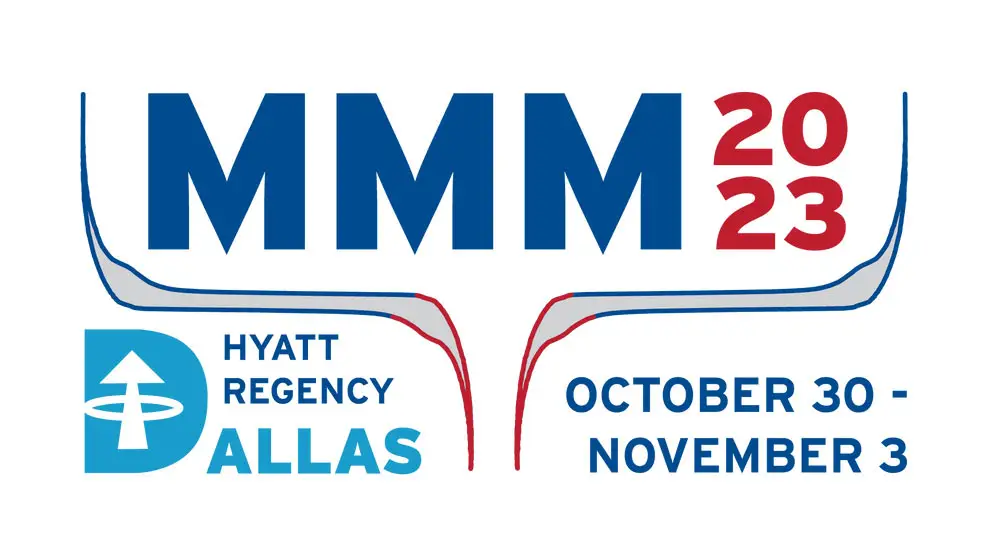VP7-01: Size dependence of domain wall mediated switching dynamics of perpendicular magnetic tunnel junctions in the presence of reference layer stray field
Arshid Nisar, Brajesh Kumar Kaushik and Tanmoy Pramanik
03 Nov 2023
Recent investigations employing time domain measurements and micromagnetic simulations of spin-transfer-torque-induced switching dynamics of perpendicular magnetic tunnel junction (p-MTJ) have explained many experimental observations of switching anomalies [1-3]. Here we report the influence of reference-layer (RL) stray field on the domain wall mediated switching of the free-layer for varying MTJ diameters, studied via finite temperature micromagnetic simulations, utilizing the simulation parameters from [3]. For the larger MTJ diameters (~80–120nm), presence of unoptimized stray field from RL gives rise to persistent back-and-forth oscillation of the domain wall delaying the switching process and causing increased write errors. Such oscillations involve a DW containing a “Bloch line” like configuration [2]. Fig. 1 shows a similar trajectory produced from zero-temperature simulations for better clarity. While such oscillations are suppressed in relatively shorter diameter MTJs (~60–70nm), another interesting mode emerges where a bubble-like feature is observed to evolve during the switching process (Fig. 2). These paths are observed to originate from DWs partly in Bloch and partly in Neel configuration. We note that at the intermediate ranges of device size, the stray field becomes stronger for a given RL configuration [4] and the energy difference between the Neel and Bloch configurations is also lowered. Hence, a stronger stray field presumably distorts the moving domains, leading to complex magnetization behavior. Finally, quasi-uniform switching dominates at much shorter MTJ diameters (~ 30nm). Our findings present further insights into the non-idealities of DW-mediated switching modes in p-MTJ structures.References: [1] T. Devolder et al., Phys. Rev. B 93, 224432 (2016) [2] P. Bouquin et al., Rev. Appl. 15, 024037 (2021) [3] A. Nisar et al., Phys. Rev. App. 19 (2), 024016 (2023) [4] T. Devolder et al., J. Phys. D: Appl. Phys. 52 274001 (2019)
